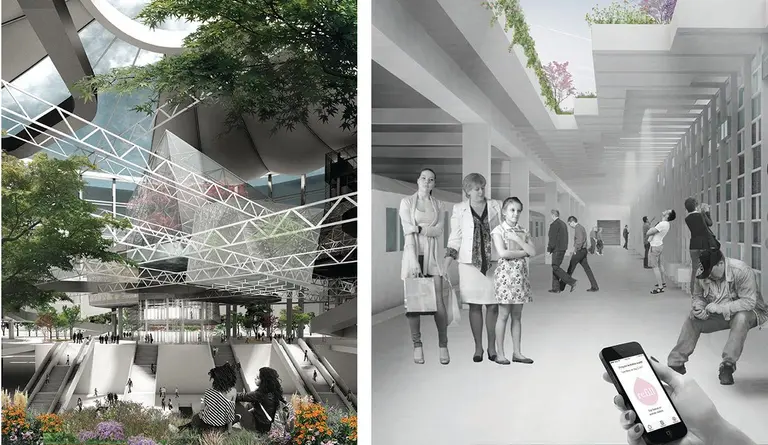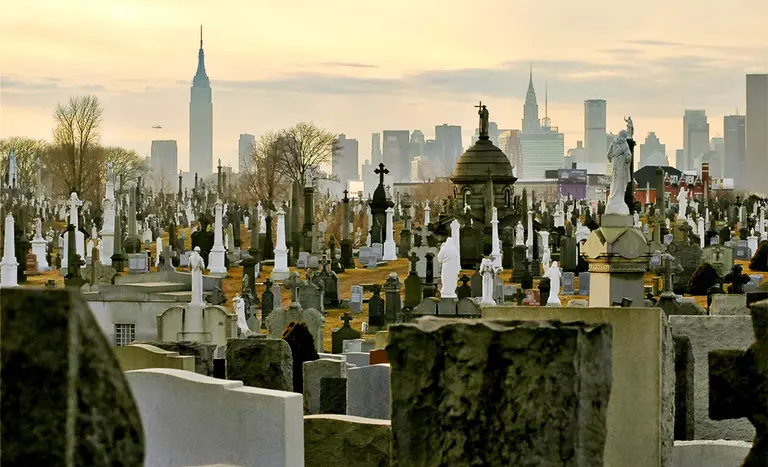INTERVIEW: Meet Mary French, the woman archiving New York City’s 140 cemeteries
Read the interview

Zoom of the 1852 Dripps map of Manhattan, showing the proximity of downtown cemeteries, via David Rumsey Map Collection

MSG reimagined as a cemetery (L); Memorial walls in the subway stations (R). Via DeathLab

Photo via Plowboylifestyle/CC
In the spirit of Halloween, yesterday we took a look at whether or not living near a cemetery affects real estate prices in New York. Apparently, on average, homes close to cemeteries were slightly smaller, but sold for more due to a higher cost per square foot. And though this is what the research suggests, […]